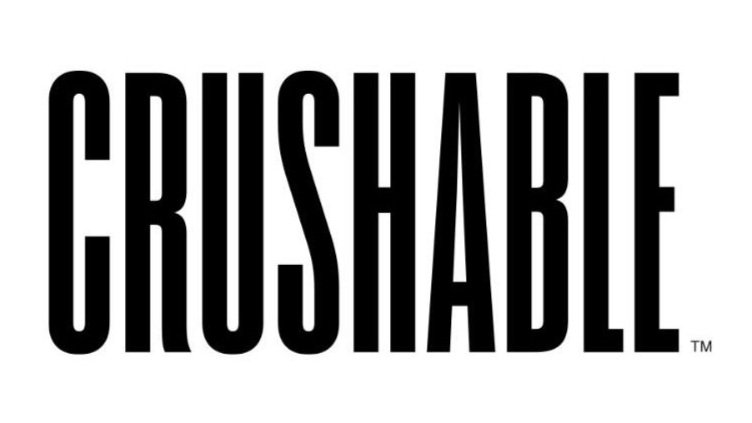Foolproof ways to find an amazing bottle of wine
How can you be sure the wine you’re buying will be delicious and of sound quality?
Endless studies have shown the majority of consumers select wines based solely on label. Other research has identified a correlation between attractiveness of label to better tasting wine. This would be akin to thinking a pretty label makes pasta sauce taste better. Sounds ridiculous, right? Why, then, does this happen with wine?
Lest you expect me to start railing on about ignorant consumers - this trend happens just as much with wine professionals. Mere minutes scrolling on Instagram points to a plethora of accounts rife with bottle shots - this is especially the case in natural wine, where label aesthetics appear to be just as important as the juice itself.
So, how does one navigate the confusing and intimidating landscape of wine?
Here, a few surefire tactics to ensure you come home with something tasty and memorable while on the hunt - none of which have anything to do with the label.
Ask staff what they’re excited about
I know, this probably makes you squirm. The thought of going to a wine boutique full of scary wine people was the stuff of nightmares for the bulk of my wine rep career. All kinds of vernacular that fly right over your head coupled with seemingly arbitrary and strange debates over inconsequential topics like whether sherry is oxidative or aldehydic. (yes this actually happened to me once and my boyfriend exited the store out of sheer fear.)
Remember: this just happens to be their area of expertise. Ask what they’re excited about, new stuff just received in store, or give a price point or food pairing to make suggestions based off of.
Remove the judgement and the mystique of what you think a snobby “wine professional” is and you’ll pretty quickly realize they’re simply nerdy humans elated to share their insight with you.
Check consumer reviewed sites for various opinions
Caveat: there are people out there who will cringe at this suggestion. In fact, there’s an entire meme culture centered around making fun of apps/sites like Vivino, Wine Searcher, Wine Berserkers (present company included).
There’s validity to the skepticism - how many wine reviews do you want to read by boomer, Dick, and his thoughts on Cupcake Merlot?
Feedback from various demographics however, can be helpful and point you in the right direction, likely diverting you from buying a mediocre bottle.
Seek out wines that farm responsibly
“Responsibly” has emerged as a catchall to avoid the greenwashing that occurred with sustainable. Much like natural, the definition of such terms became nefarious with overuse.
Responsibly generally points to: leaving the land better than found, limited use of pesticides, insecticides, herbicides and fungicides which impede soil health and seep into ground water. Think of it as an holistic, symbiotic approach to farming.
While there’s no certification for “responsible”, there are various stickers indicating how the land has been farmed - look for organic or biodynamic (often labelled as Demeter) - as a start.
Look for regionally certified wines / bottles with “table wine” status
A relatively new concept adopted in Canada, coined Geographical Indications in BC and appellation of origin in Ontario has been commonplace in Europe for some time. This assures the purchaser that the wine is confirmed to have come from the land it’s labelled as, produced under strict measures as per local law, and points to a hierarchy of quality that reflects local style, yield, and aging time. A marker from Italy, for example, is “DOCG” (Denominazione di Origine Controllata e Garantita) - this label guarantees a superior quality of wine.
Because these systems can be so rigid, certain winemakers opt out and choose to label their wines as “table wine”, giving them the freedom to work with non-autochthonous grape varieties, aging in vessels of their choice, or taking stylistic direction not the norm for the region. Italy labels these types of wine as “VDT”, meaning “vino da tavola”.
Any country with a designation will have their own system and acronyms that indicate various levels of quality.
Slide in the DMs of winemakers
Likely the most surefire tactic to use. While we can all agree on the off-the-charts toxicity of social media, the OG intent it was designed for still exists.
Remember, wineries wear a lot of hats: human resources, marketing, farming, design. Often, tech sheets and information on wines simply don’t get updated due to lack of resources.
Find out who the winemaker is, and reach out on social media. Assuming it’s someone active and savvy, you’ll likely hear back relatively quickly.
This is direct, to the source access, and the winemakers who respond will give you more information on their wines than you could have imagined, including where to find them and how to buy. (points for buying direct!)
Learn about standout vintages
Every region experiences perfect harvests resulting in wines for the ages - bottles born from pristine seasonal conditions bearing exquisite fruit that went on to make weak-in-the-knees offerings.
2005 and 2015 in Burgundy are lauded as magical.
2014 and 2020 are celebrated years in the Okanagan.
2015 and 2016 are vintages destined to age extensively from Brunello di Montalcino.
You get the idea.
Find a region you love, and learn about the years that produced exceptional quality - it’ll become an addictive habit, and an easy marker when scouring for bottles.
Buy Local
If all else fails - support your local wineries. Visit the tasting rooms, drink the latest releases, and remember to buy directly from them so the revenue goes in their pocket - not the sales reps, or local monopolies.
CRUSHABLE is a Toronto based wine concierge featuring trending wine news and guides, wine tastings, wine club and wine merchandise. Enroll here to receive updates and purchase wine packs.

